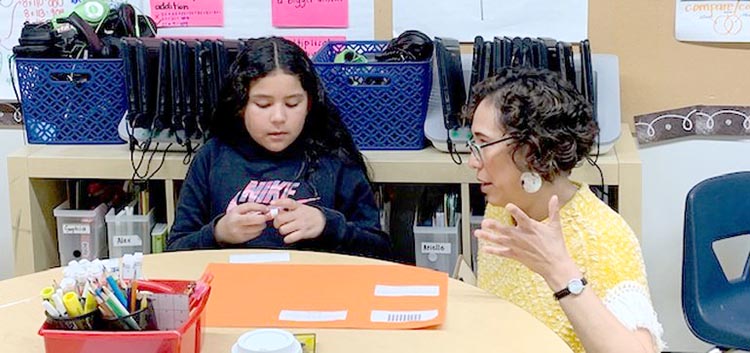
Students were given a platform to express pandemic-induced feelings through a full-scale art show called “Self-Care is Self-Love”
From K-12 Dive
By Shawna De La Rosa
Published April 14, 2021
Dive Brief:
Arts education opportunities allow students to tell their own unique stories while also providing tools to emotionally heal, according to Chalkbeat reporting from Colorado and Chicago.
In Colorado, six schools participated in an art show held at the Museum of Boulder where more than 100 Latino students created shadow boxes to depict their stories through photos, drawings, maps and an assortment of items such as candy.
As part of a partnership between Chicago Public Schools and the Chicago Museum of Contemporary Art, students were given a platform to express pandemic-induced feelings through a full-scale art show called “Self-Care is Self-Love,” part of a $24 million initiative that trains existing staff to respond to student trauma. The art display, which also includes musical scores, is an example of how art can aid emotional healing.
Dive Insight:
Art gives students a voice to express their feelings and emotions. The Chicago art display, for instance, provides students an outlet to manage their stress, which is escalating among teens due to ongoing COVID-19 disruption and isolation. In an effort to tell a collective story about what teens are feeling, some students surveyed friends and then created pieces around those emotions. The artwork included drawings, sculptures and multimedia designs.
Art also helps students develop a voice to communicate their needs to instructors, allowing them to take on more ownership of their education. When students use their voice, their education becomes more personalized, and schools can then adapt instruction accordingly.
When schools closed for in-person learning early in the pandemic, continuing art programs became something of an afterthought. But as the months went on, innovative educators found ways to continue to connect kids to these learning opportunities. In some cases, schools opened buildings to teachers so they could get supplies to distribute to students through processes such as grab-and-go bags. Teachers also modified projects to include household items.
Despite the value of arts instruction, 35% of students are without consistent access to high-quality programs, according to a report by Ingenuity. Of that 35%, most are Black students or come from lower-income households. The report also reveals the number of minutes elementary school students spent receiving art instruction has consistently dropped between 2017 to 2019.
Photo: Linda Jacobson/K-12 Dive
Read this and other stories at K-12 Dive

